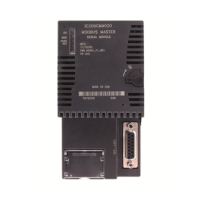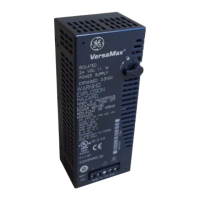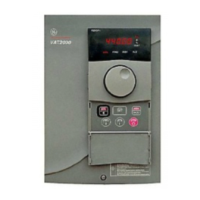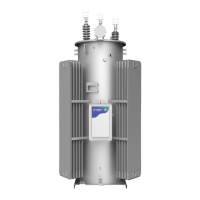14.4.5 Sample Period and PID Function Block
Scheduling
The PID function block is a digital implementation of an analog control function, so the
dt sample time in the PID Output equation is not the infinitesimally small sample time
available with analog controls. The majority of processes being controlled can be
approximated as a gain with a first or second order lag, and (possibly) a pure time delay.
The PID function block sets a CV output to the process and uses the process feedback PV
to determine an Error to adjust the next CV output. A key process parameter is the total
time constant, which is how fast the process can change PV when the CV is changed. As
discussed in the section, Determining the Process Characteristics, the total time constant,
Tp+Tc, for a first order system is the time required for PV to reach 63% of its final value
when CV is stepped. The PID function block will not be able to control a process unless
its Sample Period is well under half the total time constant. Larger Sample Periods will
make it unstable.
The Sample Period should be no bigger than the total time constant divided by 10 (or
down to 5 worst case). For example, if PV seems to reach about 2/3 of its final value in 2
seconds, the Sample Period should be less than 0.2 seconds, or 0.4 seconds worst case.
On the other hand, the Sample Period should not be too small, such as less than the total
time constant divided by 1000, or the Ki * Error * dt term for the PID integral term will
round down to 0. For example, a very slow process that takes 10 hours or 36,000 seconds
to reach the 63% level should have a Sample Period of 40 seconds or longer.
Variations of the time interval between PID function solutions can have shortterm effects
on the CV output. For example, if a step change to PV caused by measurement noise
occurs between solutions, the value of the derivative term will be inversely proportional
to the time interval. The performance of PID loops that are tuned for quick response may
be improved when the solution interval is held constant by configuring the PLC CPU for
constant sweep mode. Depending on the CPU model and the application, constant sweep
times of 10 milliseconds, integer multiples of 10 milliseconds, or exact divisors of 10
milliseconds (1, 2 or 5 milliseconds) will be possible. The Sample Period can then be set
for a suitable multiple of 10 milliseconds.
If many PID loops are used, allowing the application to solve all the loops on the same
sweep may lead to wide variations in CPU sweep time. If the loops have a common
Sample Period that is at least equal to the number of PID loops times the sweep time, a
simple solution is to sequence one or more 1 bits through an array of zero bits and to use
these bits to enable power flow to individual PID function blocks. The logic should assure
that each PID function block is enabled no more often than its Sample Period.
PID Built-in Function Block GFK-1503E User Manual 287
For public disclosure

